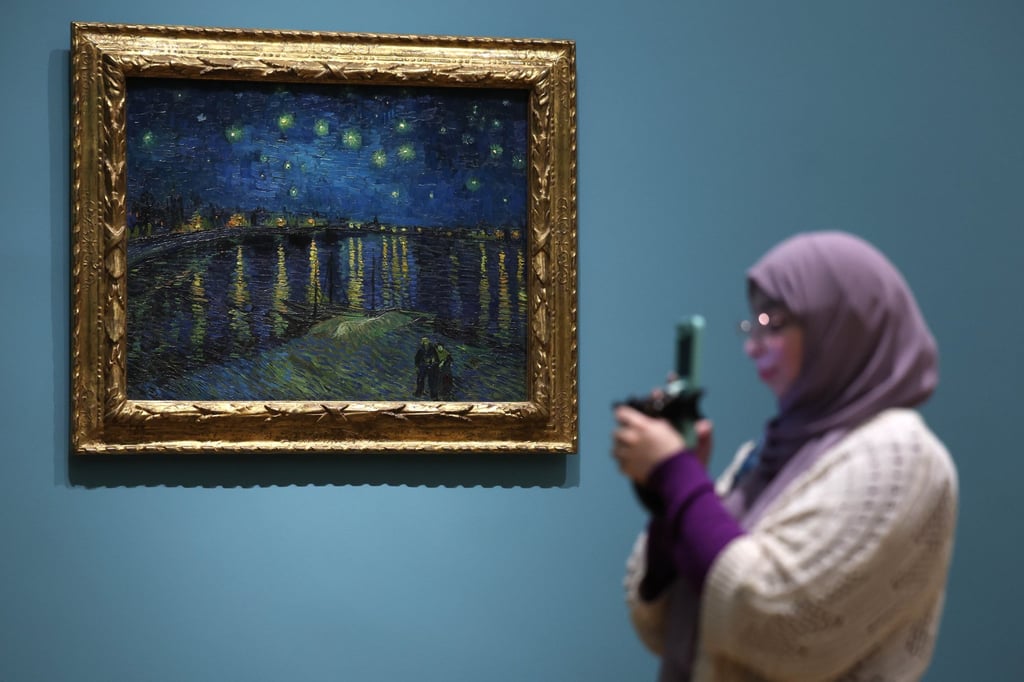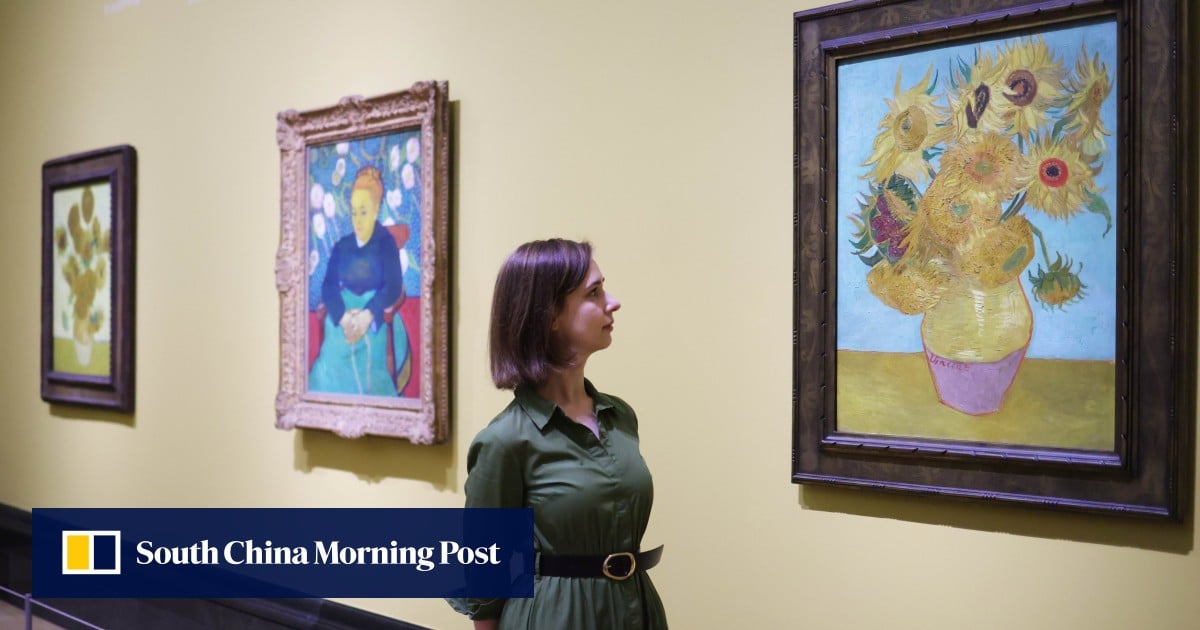A hundred years after acquiring one of Vincent van Gogh’s “Sunflowers”, the National Gallery in London has brought one of the Dutch painter’s visions to life by showcasing it with two of his other works side-by-side for the first time.
The triptych forms part of a major exhibition dedicated to the post-Impressionist titled “Van Gogh: Poets and Lovers”.
The exhibit focuses on Van Gogh’s output during the two years that he spent in the south of France, in Arles and Saint-Rémy de Provence, between February 1888 and May 1890.
“His art takes on a new amplitude, a new inventiveness, everything emerges from it,” exhibition co-curator Christopher Riopelle says of this period in Van Gogh’s life. “He becomes ever braver and bolder in how he paints, new freedom, new rhythms that enter in.”

The exhibition brings together some 50 paintings and drawings that testify to Van Gogh’s talent for raising emotions thanks to his subtle and intense use of colours.

